(Hello Africa) Namibian students gain firsthand experience with traditional Chinese medicine
Source: Xinhua
Editor: huaxia
2025-08-18 21:54:15
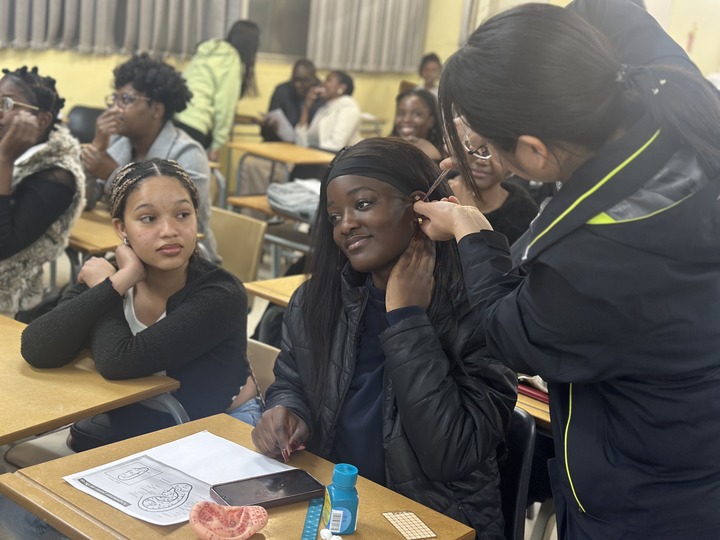
What began as curiosity -- and a touch of culture shock -- ended with newfound confidence in traditional Chinese medicine (TCM) for a group of students at the University of Namibia (UNAM), who recently received a hands-on introduction to ear acupressure.
WINDHOEK, Aug. 18 (Xinhua) -- What began as curiosity -- and a touch of culture shock -- ended with newfound confidence in traditional Chinese medicine (TCM) for a group of students at the University of Namibia (UNAM), who recently received a hands-on introduction to ear acupressure.
The Chinese medical team in Namibia held a special lecture this week at the Confucius Institute at UNAM in the capital, Windhoek, with Ding Jumei leading the session.
For many students, ear acupressure was something they had only seen on television. During the session, Ding explained the non-invasive TCM technique step by step, outlining how it works, when to use it, and what precautions to observe.
Similar to acupuncture but without needles, acupressure uses finger pressure or other body parts to apply force. During the demonstration, the team introduced ear acupoint pressing with beans, guiding students through preparation, point location, and application.
The lecture highlighted how ear acupressure can help manage chronic conditions by stimulating points linked to the kidney, liver, and lung. Students also learned about its potential in addressing hypertension, insomnia, and diabetes, as well as improving memory.
Skepticism gave way to interest once the session turned practical. Students were invited to try the technique under supervision and share their immediate impressions.
Olivia Haufiku, a third-level Mandarin student at the Confucius Institute who suffers from back pain, described her experience: "I explained to the doctor that I usually have back pain. She gave me treatment on four different pressure points on my left ear and three on my right. She pressed the points while explaining that those points are linked to my back pain and will give me some relief."
Haufiku said she found the treatment comfortable, noting it was not very painful and gave her something new to consider.
Similarly, fourth-level student Kondjeni Kamati said the lecture was "very insightful," adding that he learned a lot. After reporting nagging gastric issues and wrist pain, he received both ear acupoint pressing and limited acupuncture on his forearm.
"It was a beautiful pain," he said with a smile, explaining that most of what he knew about TCM came from television. "Luckily enough, I have a friend who also did the same thing for the acupuncture, and it helped him. And now going through it also, it helped me. And I would advise, if you are available, if you are free, to come try it out. It does help a lot," he said.
Beyond the demonstrations, the Chinese medical team emphasized that therapies such as ear acupressure show how ancient practices can address modern health challenges, providing non-invasive options that complement conventional care.
Several TCM services are currently offered free of charge in Namibia, with most sessions conducted at the TCM Clinic at Katutura State Hospital in Windhoek.
Since 1996, China has dispatched 15 medical teams to Namibia, supporting the health sector while strengthening ties and friendship between the two nations.■
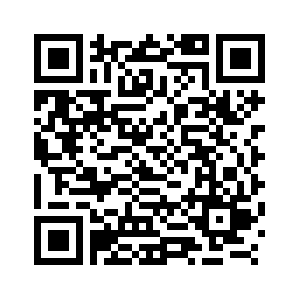


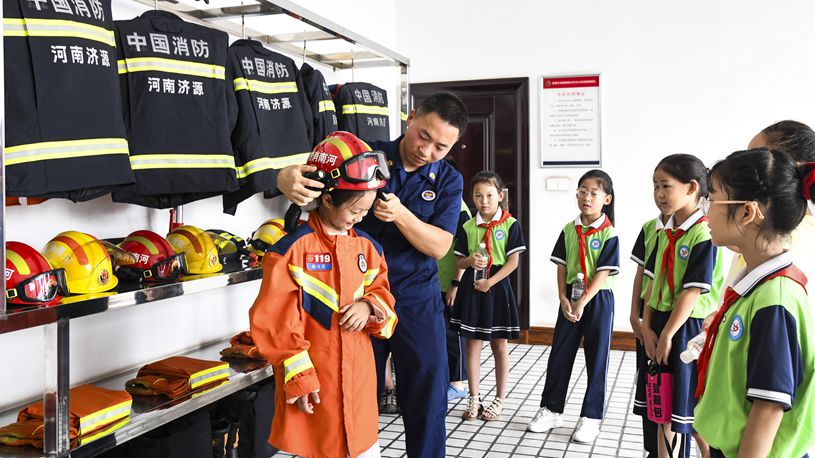
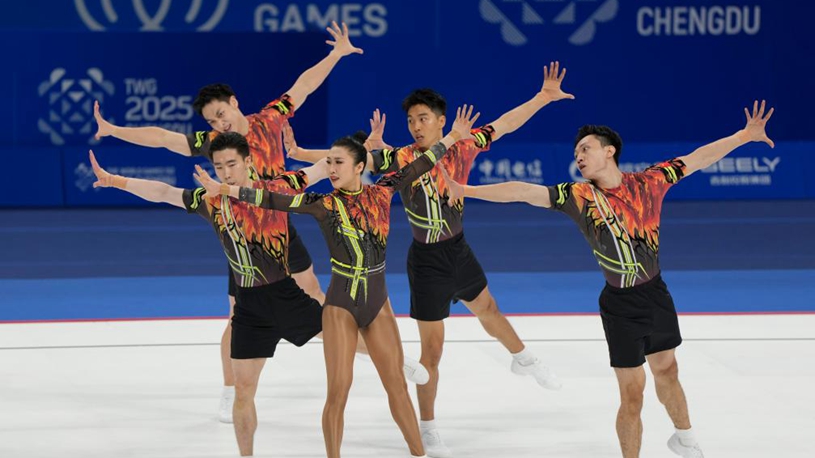


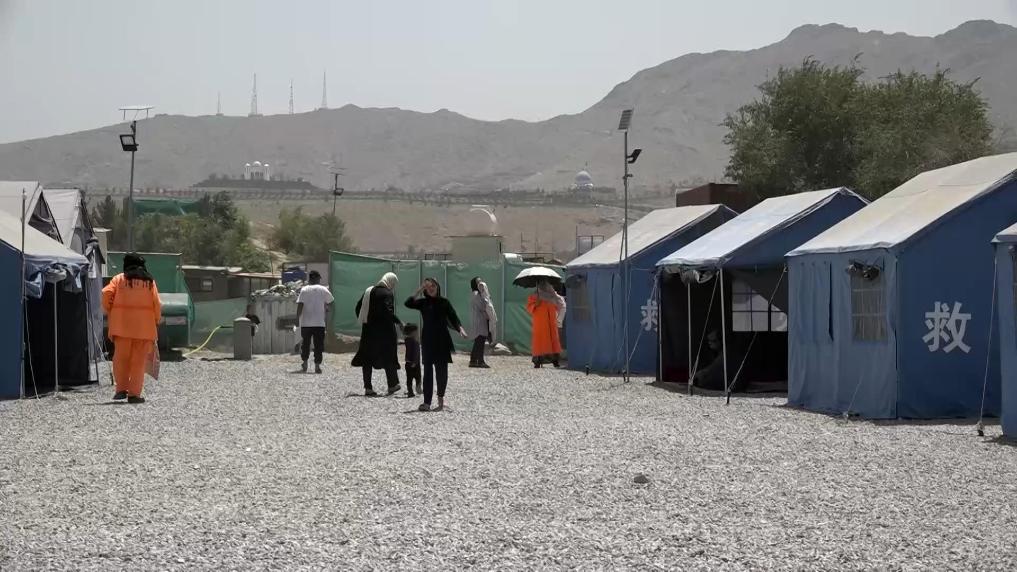
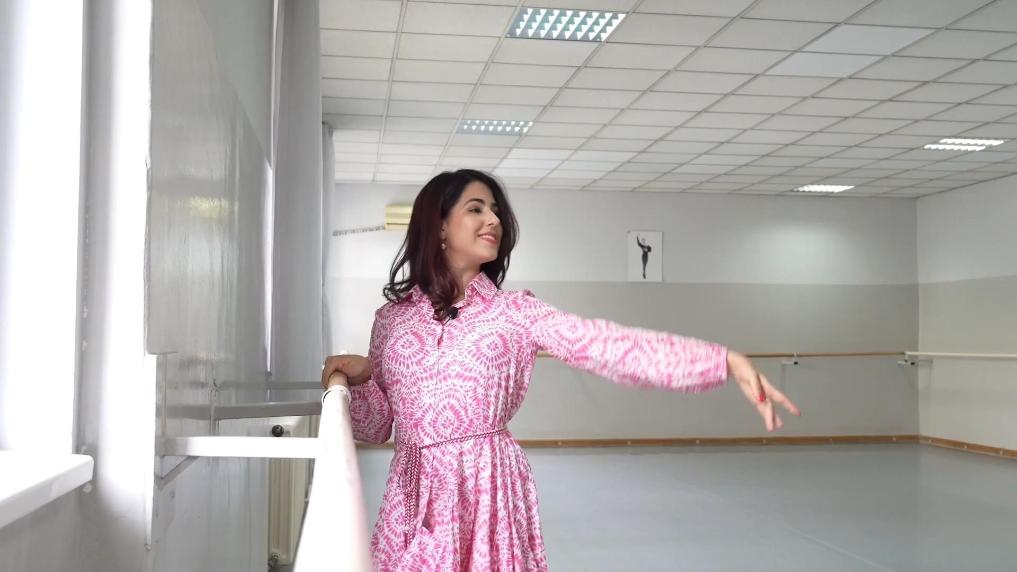



Comments